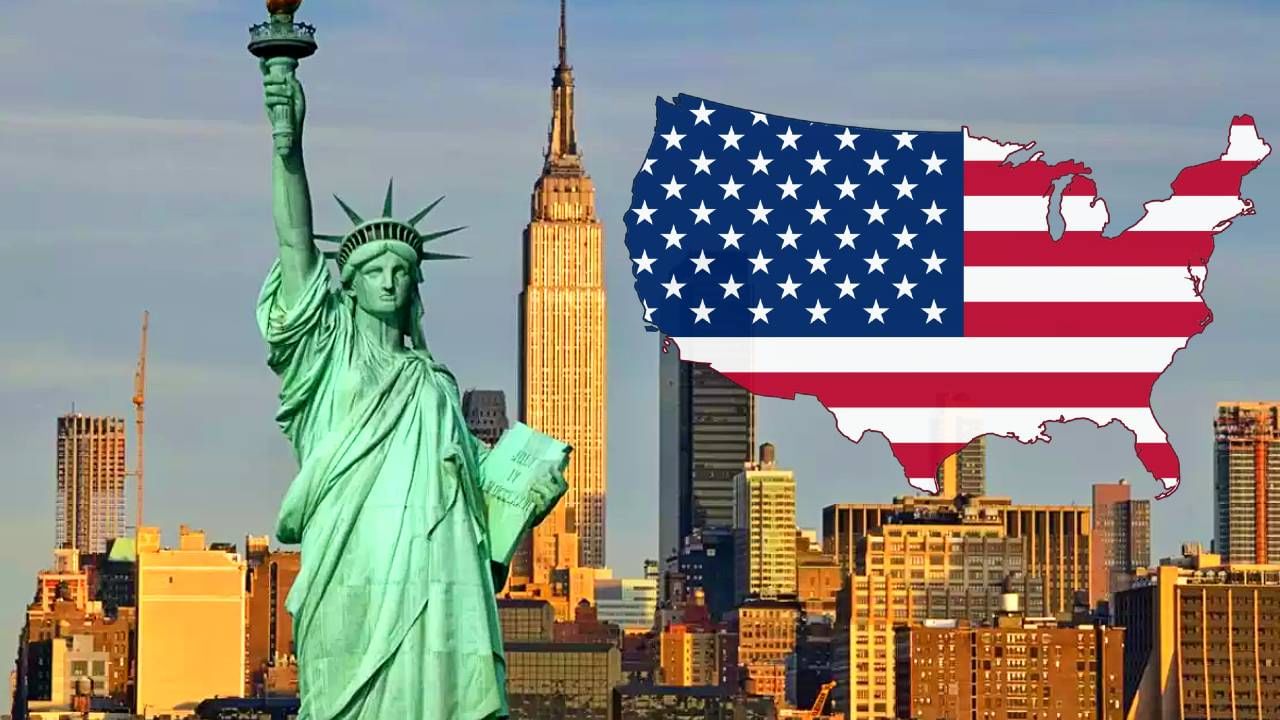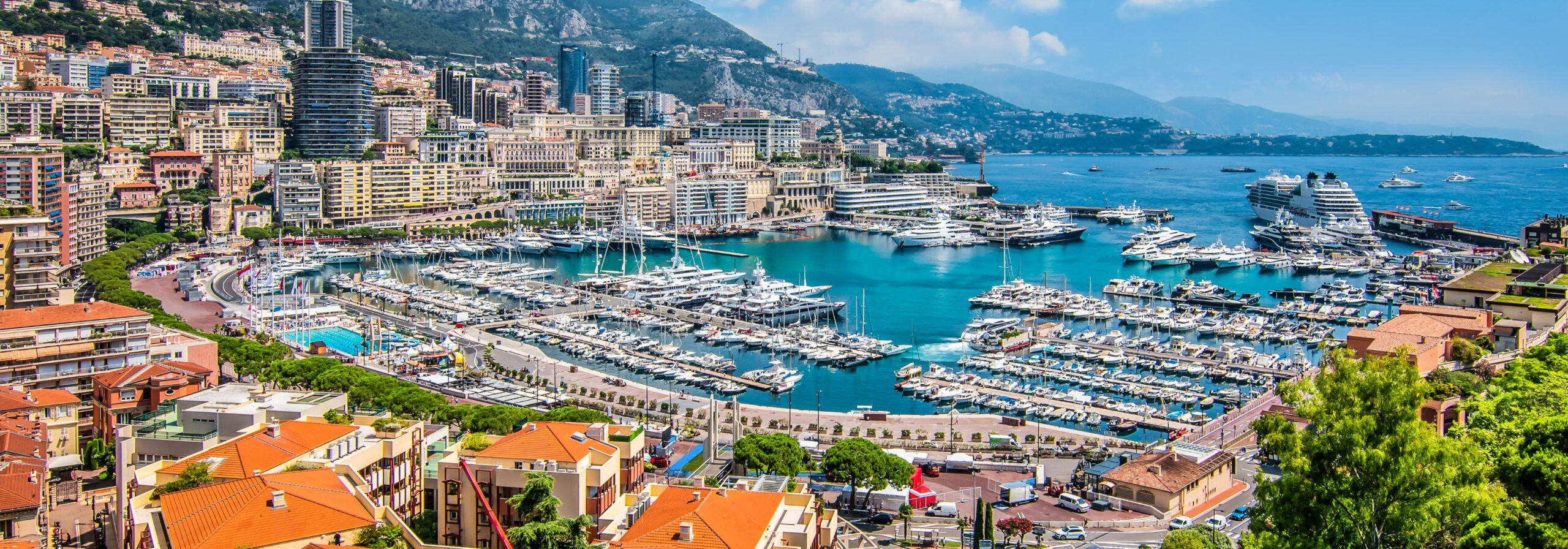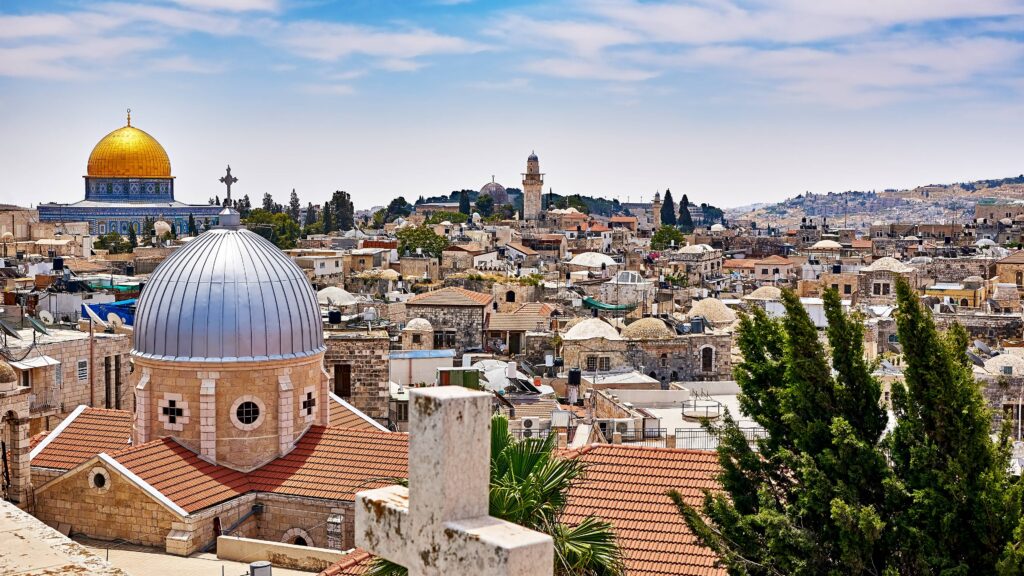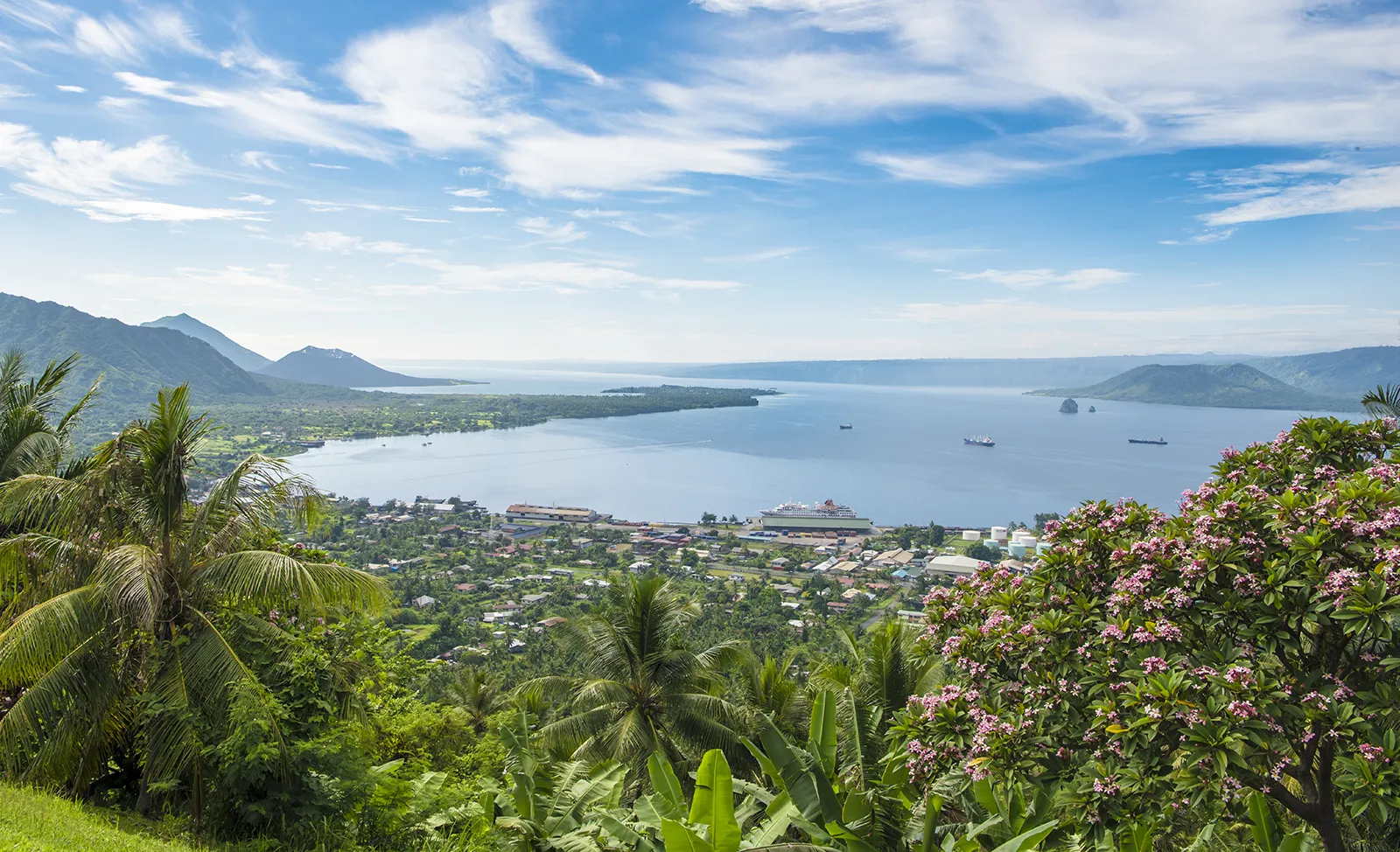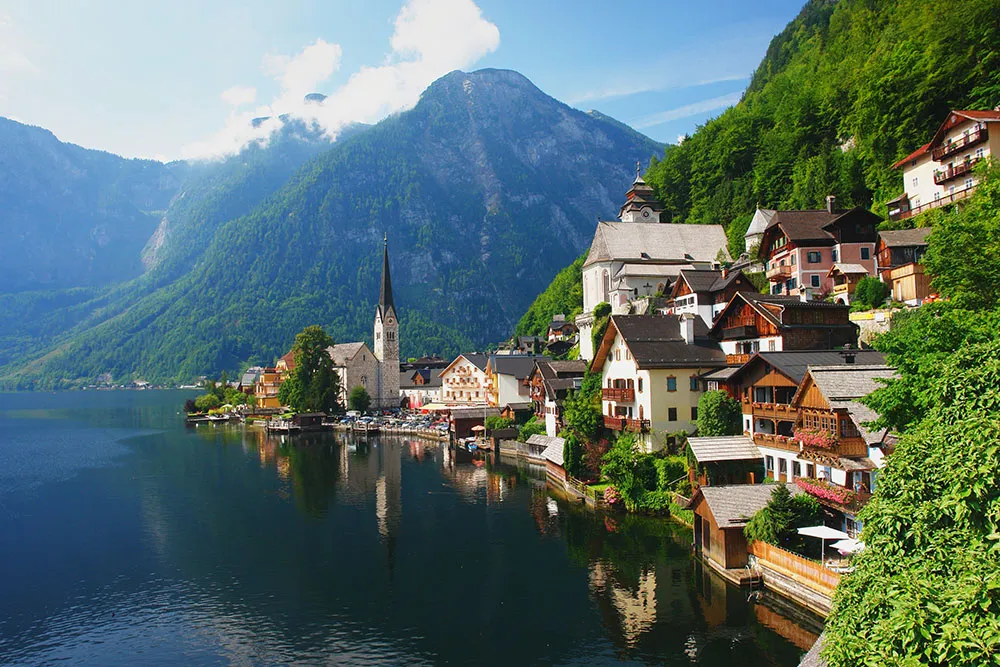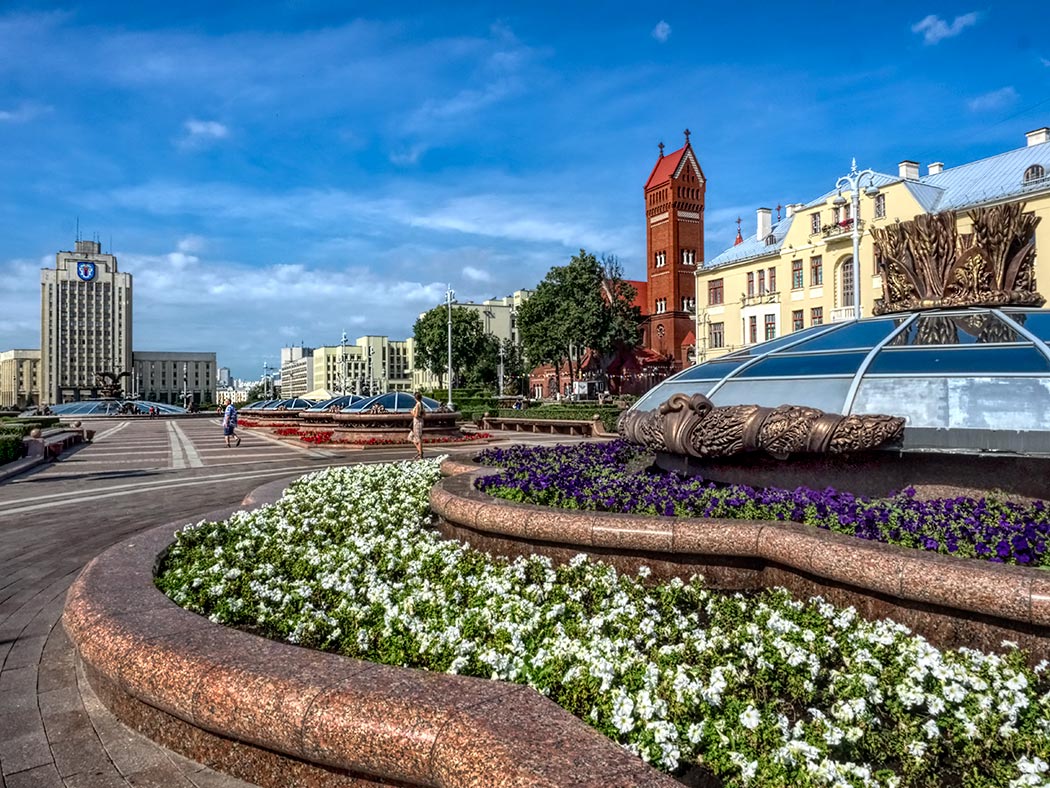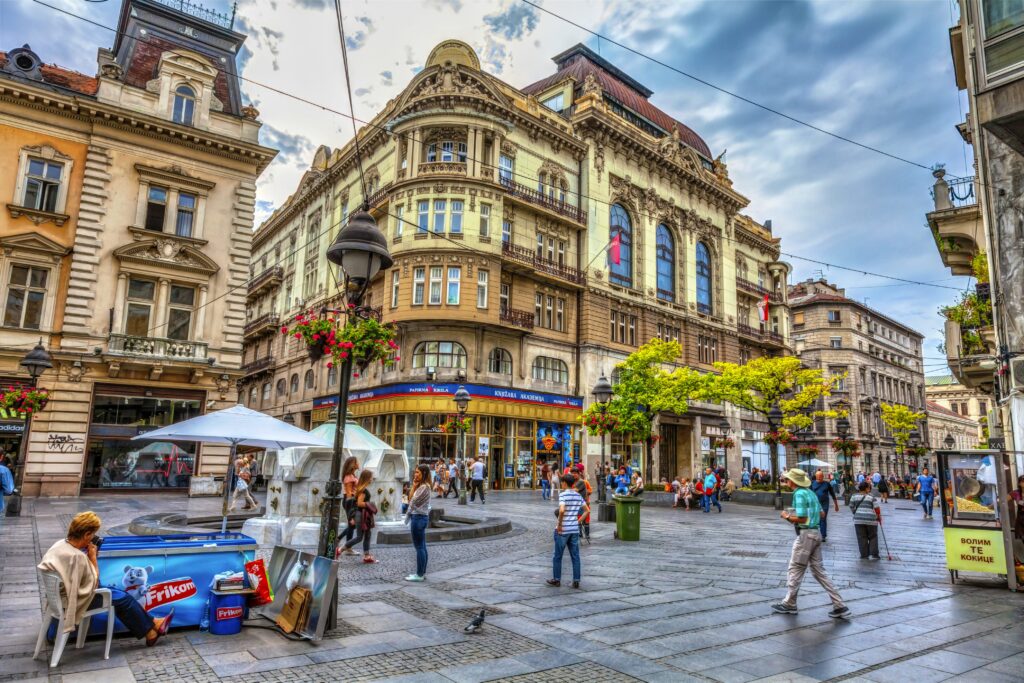
Serbia is a landlocked country situated in Southeast Europe, in the central and western part of the Balkan Peninsula. It is bordered by Hungary to the north, Romania to the northeast, Bulgaria to the southeast, North Macedonia to the south, Croatia and Bosnia and Herzegovina to the west, and Montenegro to the southwest. The capital of Serbia, Belgrade, is among the largest cities in Southeast Europe and serves as the country’s political, cultural, and economic center.
Historically, Serbia has been at the crossroads of Eastern and Western Europe, its territory being battled over in numerous military campaigns. Serbia emerged as an independent kingdom in the medieval period but was later dominated by the Ottoman Empire and then the Austro-Hungarian Empire. After World War I, it became a significant part of the Kingdom of Yugoslavia, and later, it was a republic within the Socialist Federal Republic of Yugoslavia. Following the dissolution of Yugoslavia in the 1990s, Serbia regained its independence and underwent a period of significant, though often turbulent, political and economic transition.
Today, Serbia is a parliamentary republic. It is an official candidate for membership in the European Union and actively seeks integration into European structures. The country’s economy is primarily based on services, manufacturing, and agriculture. Serbia is known for its cultural contributions, particularly in the fields of music, literature, and art. It is also celebrated for its natural diversity, including numerous national parks and resorts that are significant for both tourism and ecological preservation.
What’s the public’s verdict? Share your thoughts and discuss below!
